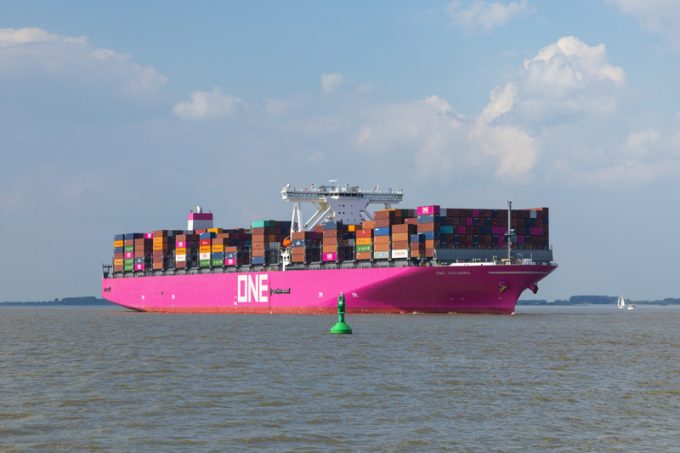Forwarders expect surcharges as ocean spot rates continue to slide
Spot container freight rates on the transpacific and Asia-Europe trades continued to soften this week, ...

Japanese ocean carrier ONE has reported a profit of $515m for its second quarter, between July and September, and said it was on track to be $1bn in the black for the full year.
It was, however, still cautious about mid- to long-term prospects due to ...


Comment on this article